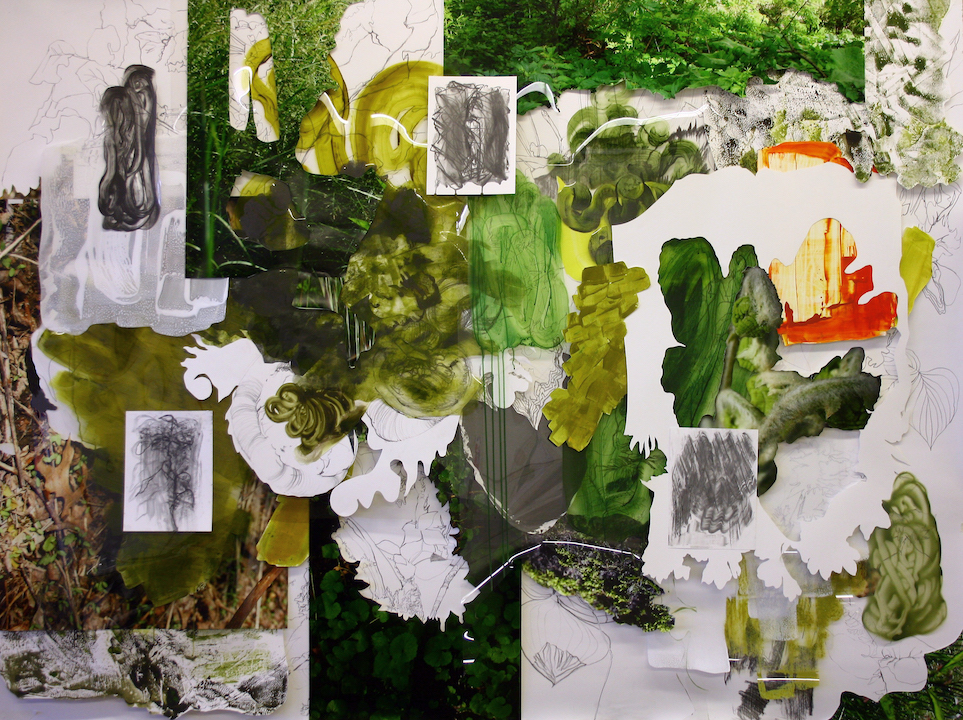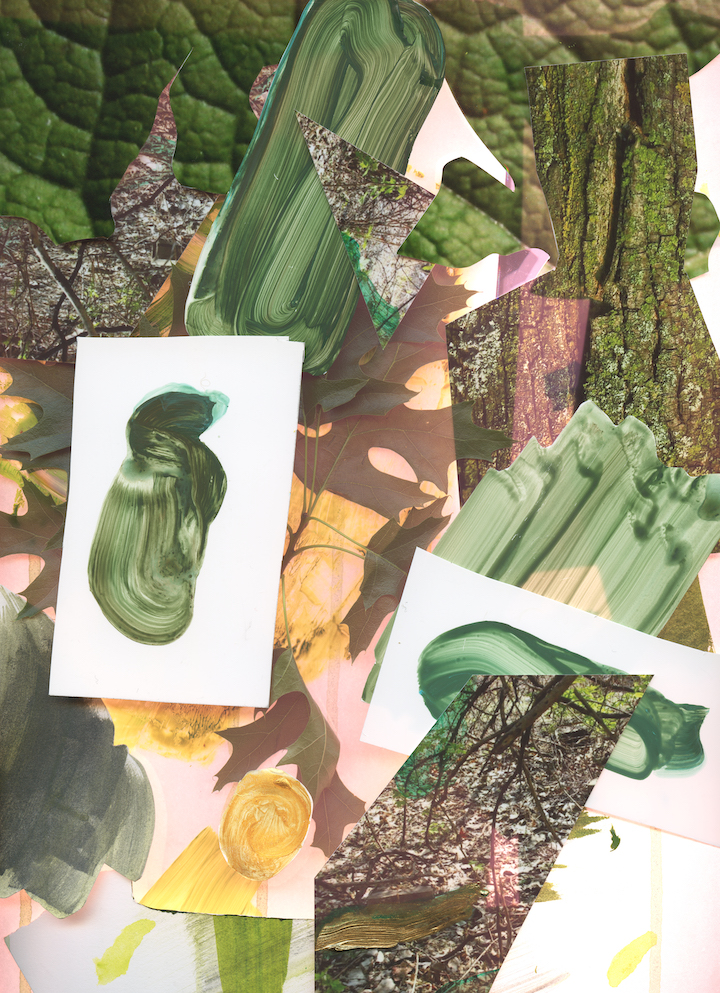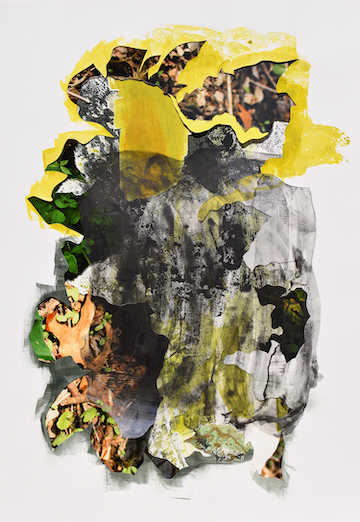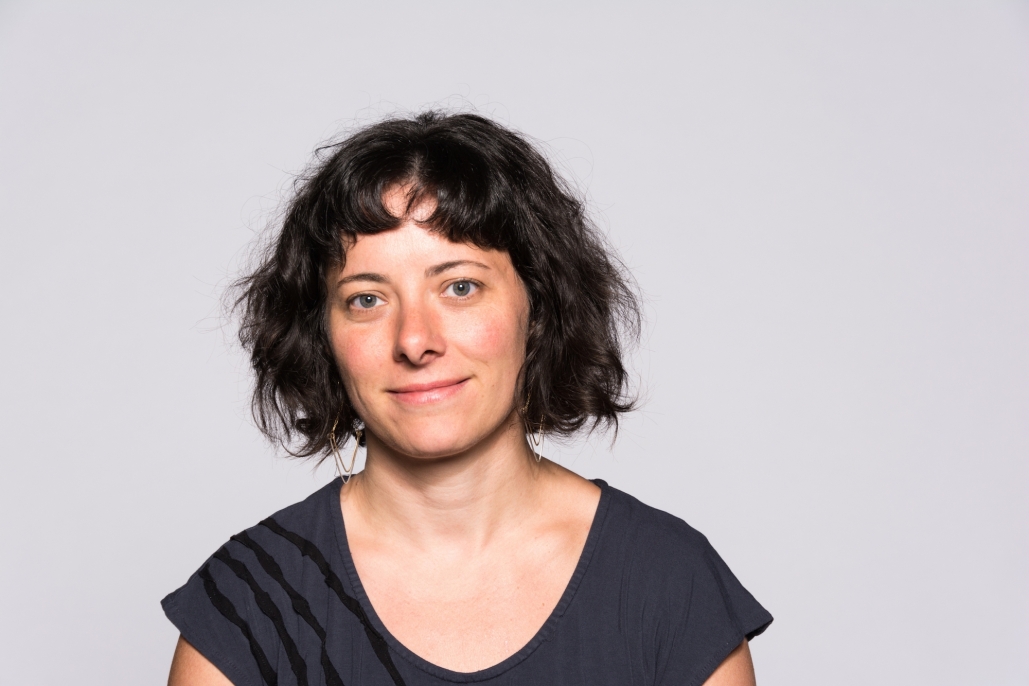This faculty spotlight is on Regan Golden-McNerney. An MFA faculty member, she teaches the Graduate Critique Seminar to second year MFA students while being a professional artist in her field. Her work has been exhibited in solo and group shows both nationally and internationally, including Gallery 44: Centre for Contemporary Photography in Toronto, Gallery 400 in Chicago, the Cue Foundation in New York City, and the Rochester Art Center.
We caught up with Golden to find out more about her practice, teaching graduate students, her advice for artists and more.
Q. Tell us a little bit about your position at the MCAD MFA program.
This semester I am teaching the Graduate Critique Seminar.
Q. What do you find most pleasing or challenging about teaching graduate students?
I think it is incredibly exciting to be working with students who are on the verge of becoming professionals in their field as artists, designers, activists, performers.
Q. Where did you grow up? Did you always want to be an artist?
I grew up in St. Paul and I feel really lucky to have grown up in this community of artists, designers, architects and writers. My parents took me to the Walker Art Center when I was very young and I remember seeing Claes Oldenburg’s “French Fries sculpture” Shoestring Potatoes Spilling from a Bag (1966) and laughing out loud with joy, ever since then I wanted to be an artist.
Q. How have some key decisions contributed to your career path?
Deciding to also work as a writer and art critic has really shaped my path as an artist, it has opened up many opportunities for me and given me new insights into my own work and the work of other artists.
Q. What is it like being an artist in Minneapolis?
The Twin Cities are an incredibly wonderful and challenging place to be an artist. I started working as an artist in the C&E Building in St. Paul with the WARM Mentorship Program after completing my undergrad degree in Art & History from Grinnell College in 2000.
Q. Tell us about some themes that have inspired you through your artistic journey, from school until now.
I am obsessed with plants, particularly overlooked weeds. This has been a focus of my work for almost two decades. In undergrad I had one class that was a combined course in Printmaking & Prairie Studies, ever since I have been thinking about and writing about the relationship between people & plants.
Q. Has artistic research nurtured your artistic process? Please share some experiences wherein research or the lack of it has played a role in your practice.
I never thought of myself as any good at science. Growing up I struggled in Math and Science courses even though I had very kind teachers. I took only 2 science courses in college and they were definitely a challenge for me, but after graduate school I felt that if I wanted my work to have any real content I needed to understand more of the science behind the plants I was including in my paintings and drawings. I set aside my own insecurities about being “bad at science and math” and dove right in! I visited Harvard University’s Experimental Forest in Western Massachusetts and asked if I could be an artist in residence there. After reading every book and article that the lead Ecologist there had written I drafted a proposal for what I would do there for two weeks. It was an incredible experience, talking to the scientists there I got used to being told that I was wrong, or that my information on a topic needed more depth. At the same time when I presented my work to them, they were genuinely surprised and very interested. I continue to learn from Plant Biologists through the College of Biological Sciences Conservatory at the University of Minnesota, which is one of my favorite places in the city.
Q. Tell us about your “Seeing Plants” project. What was the key inspiration behind this project?
There were two main sources for inspiration for this series of articles by local artists and writers, one was my artist residency at the College of Biological Sciences in 2017. The curator at the Conservatory got me thinking about the importance of raising the visibility of plants to prevent climate change and also preserve plants as sources of healing. The other inspiration for this series was the book “Plants Have So Much to Give Us All We Have to do is Ask: Anishinaabe Botanical Teachings”, which revolutionised the way I thought about Plants in Minnesota and the history of this land.”
Q. Are there any other projects in the pipeline?
I would like to make the “Seeing Plants” series into a book! I am thinking more about water, especially the Mississippi and Lake Superior.
D. Speaking of this project, how do you balance your personal/professional projects with your teaching position at the MFA program? How do you manage time?
I teach at MCAD and also teach the Junior/Senior Seminar for all BA/BFA students at the University of Minnesota, so I have a pretty hefty teaching load. During the school year, every moment that I am not with my two children, I am working. My partner is also an artist and teacher, so his schedule is pretty much the same way. We take turns going to the studio, watching the kids, traveling, and prepping for class in the evenings and on the weekends during the school year. The summer is totally different, I spend as much time as I can away from my desk being out in the world, I learn a lot from these experiences that shapes my artwork and writing during the rest of the year. For instance, this summer we visited five waterfalls in Minnesota and earlier this month Temporary Review and the Haus der Kulturen der Welt asked me to contribute a piece of writing in response to the ongoing project: Mississippi. An Anthropocene River. I had spent the whole summer thinking about water, so when this opportunity came up I felt like I was already prepared to start in on making the artwork and text.
Q. How do you deal with feeling creatively blocked or burnt out?
I never feel creatively blocked, it is more just a matter of having time to do all the things I want to do: go to shows, write about art, write about life in MN, make new artwork, support other artists, have time with my family.
Q. What is the most helpful piece of career advice you’ve ever received? What working artist advice would you share with our readers?
One of my Grad Professors at UW-Milwaukee told me at the end of a tough semester, “make your own work and not someone else’s.” This really stung at the time, but now I find it really liberating.
Image Catalogue:
Image 1: Interrupted Fern, 2017, Wall Drawing with Acrylic and Graphite on paper with cut photographs and plastic, 80 x 100 inches.
Image 2: Ephemerals no.10: Quercus, 2018, Archival Inkjet Print, 42 x 30 inches.
Image 3: Unearth no. 1, 2018, Collage on paper, 30 x 44 inches.
For more information visit:

Regan Golden Interrupted Fern (2017) 170x100 inches collage

Regan Golden Ephemerals Quercus (May22)




